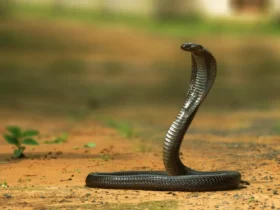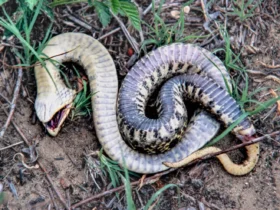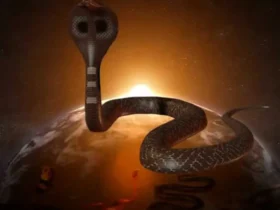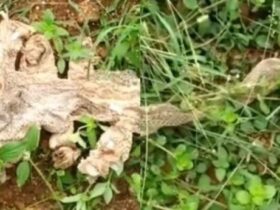No animal has the ability to change the entire Earth just through their reproductive behavior, except for this particular species.
Scientists from the University of Idaho and Indiana University have published a study in the journal Geomorphology. According to this study, every time this species enters its breeding season, it can have an impact on the Earth. What species is it? Why can they put our planet in danger?
The fish species is born in rivers and streams and lives in the ocean
The species we are referring to here is the salmon. Salmon is the common name for various fish species belonging to the family Salmonidae. The name “salmon” originates from the Latin word “salmo” and the word “salmo” has its roots in the Latin word “salire,” meaning “to leap.”
They live along the coastlines of the North Atlantic and Pacific Oceans. Therefore, salmon is divided into two types: salmo (Atlantic salmon) and Oncorhynchus (Pacific salmon).

According to a recent study, it turns out that every time they engage in reproductive behavior, they truly cause the entire Earth to tremble. The power they possess, accumulated over millions of years, can… shift mountains, alter the geological characteristics of the areas where they lay their eggs, and even contribute to the evolution of the species.
Salmon has another distinctive feature compared to many other fish species, as they are born in freshwater areas such as rivers and streams, then migrate to the sea, and later return to freshwater to reproduce. Female salmon lay their eggs in nests called “redds” on the riverbed, where they will incubate the eggs for several months. Afterwards, the eggs hatch into fry, and they swim around the redd to find food. When they reach a length of about 15 cm, the salmon swim out to the ocean. It is estimated that only 10% of salmon eggs survive to this stage.
During a long journey of thousands of kilometers, salmon migrate to the ocean and reside there for approximately 1-3 years. The chemical composition of their bodies changes, allowing them to adapt to saltwater. When they reach the spawning age, salmon reverse their journey and seek their native rivers to give birth to a new generation of salmon. Scientists believe that the salmon’s ability to return to their original river is facilitated by their olfactory memory.
The journey of salmon, overcoming various hardships to return to their “home,” is considered one of the most extraordinary natural phenomena. They must leap higher than the flowing water to overcome tall waterfalls. Not only that, they must swim as fast as they can. Despite continuous failures and being carried away by the water, they remain determined and continue leaping until they succeed.

If they are lucky enough not to be caught by bears, wolves, or eagles, the salmon will have the opportunity to swim upstream once or twice more to fulfill their reproductive mission.
Impressive as it may be, scientists believe that the salmon’s spawning season is the cause of Earth’s impact.
The reason why each time salmon engage in reproduction, the Earth trembles.
The first thing to know is that the reproductive behavior of salmon is not ordinary, like that of other animal species. Females lay eggs, males release sperm into the water, and then the eggs are fertilized. Female fish rub against the riverbank to create redds, which is also the reason why the Earth’s landscape can change.
Scientists have simulated the impact of sediment deposition on rock layers, forming the landscape of the entire area over millions of years. As a result, one of the major factors influencing this process is the migration of salmon.
When creating redds, salmon unintentionally lower the slope of the water flow, making both riverbanks more susceptible to erosion. The erosion rate increases, and more sand and soil are easily washed downstream. Gradually, the terrain of the entire area will change.
“Salmon not only cause sediment transport,” quoted Alex Fremier, the lead researcher. “They alter the characteristics of the streambed, so when water flows, the amount of soil, sand, and gravel carried along increases.” As a result, the underlying bedrock becomes exposed, increasing the risk of erosion for the entire area.

Furthermore, it should be noted that different salmon species have different impacts on the terrain and environment. For example, Chinook salmon (the largest species in the Pacific) can accelerate the erosion process within the same timeframe compared to many other smaller fish species because they carry a significant amount of sediment.
With this study, experts have come to understand that a single species can still have a significant impact on the terrain, landscape, and environment. The presence of every animal species plays an important role in nature.
The study was conducted by scientists from the University of Idaho and Indiana University and was published in the journal Geomorphology.








